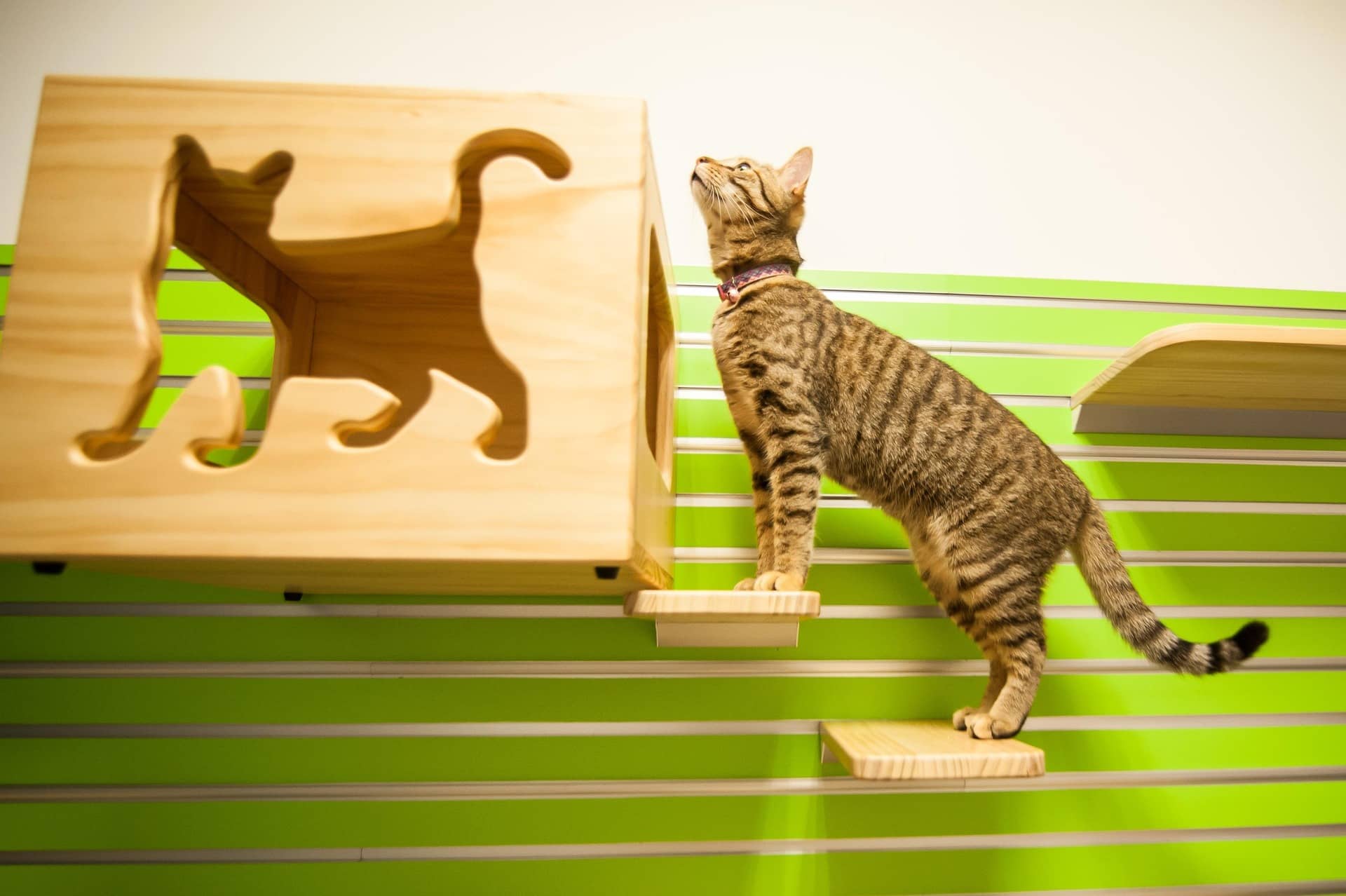Keeping Your Cat Actives

Just like humans, cats need regular exercise to maintain both their physical and mental health. A dynamic lifestyle can ward off obesity, keep cognitive decline at bay, and enhance overall well-being. Here’s how to ensure your feline friend gets the proper amount of exercise.
How Much Exercise Do Cats Need?
- Kittens: Typically have high energy and may require an hour or more of play each day.
- Adult Cats: Usually benefit from around 30 minutes of exercise daily.
- Individual Variation: Exercise needs depend on age, breed, lifestyle, and personality. Some cats are content with short bursts of activity, while others thrive on longer or more structured sessions.
In the wild, cats gain exercise through activities like hunting and playing. Outdoor cats naturally get more physical activity, but indoor cats can enjoy plenty of stimulation with the right environmental enrichment.
Why Exercise Is Essential
Physical Benefits
- Weight Management: Regular activity helps burn calories and prevent obesity.
- Muscle and Joint Health: Exercise maintains muscle tone and joint flexibility, which is especially vital for older cats.
- Disease Prevention: Staying active can reduce the risk of diabetes and arthritis.
Mental Benefits
- Reduces Boredom: Engaging playtime helps prevent anxiety, depression, and destructive behaviors.
- Stimulates the Mind: Interactive toys and games enhance cognitive function.
- Encourages Social Interaction: Play reinforces bonds with you and any other household pets.
Creative Ways to Get Your Cat Moving
Interactive Toys
- Food Puzzles: Provide mental stimulation and encourage movement; they’re especially useful for food-motivated cats.
- Battery-Operated Toys: These can move on their own, enticing your cat to chase and pounce.
Wand Toys
- Feather Teasers & Bird-on-a-Stick: These not only entice your cat but also strengthen your bond during playtime.
Cat Trees
- Climbing and Scratching: Cat trees offer a multi-level playground where cats can climb, scratch, lounge, and stretch.
Scratching Posts and Mats
- Exercise for Paws: Scratching helps your cat maintain healthy claws and offers a gentle stretching exercise.
Exercise Wheels
- For the Active Feline: Similar to hamster wheels, these are great if your cat enjoys running and you have the space. Choose wheels from reputable brands for safety.
Leash Training
- Outdoor Walks: Some cats can be trained to walk on a leash, offering a change of scenery and additional physical and mental stimulation.
Signs Your Cat May Need More Exercise
Behavioral Indicators
- Destructive Behavior: Excessive chewing, scratching, or play-fighting may signal boredom.
- Lack of Engagement: If your cat frequently seems disinterested or lethargic during playtime, they might not be getting enough exercise.
- Changes in Activity: Increased sleeping or hidden behavior can be a sign of insufficient stimulation.
Physical Indicators
- Weight Gain: An inactive cat is more likely to become overweight.
- Muscle Loss: Reduced activity can lead to a noticeable decrease in muscle tone.
- Veterinary Consultation: If your cat is reluctant to play, it might be wise to consult a vet to rule out pain or arthritis, which can diminish their desire to exercise.
Frequently Asked Questions
- Can Cats Go on Daily Walks? Yes, if trained on a leash and harness, daily walks are an excellent form of exercise and mental enrichment.
- What If My Cat Doesn’t Seem Interested in Play? Experiment with various toys and activities. If disinterest persists, consult your vet to check for underlying issues such as pain or arthritis.
- Do All Cats Need the Same Amount of Exercise? Not at all. Every cat is unique; tailor their playtime based on their breed, age, health status, and personality.
By integrating these strategies into your cat’s daily routine, you can help ensure they remain active, healthy, and mentally stimulated. Remember, if you notice any worrying changes or behavioral issues, consult your veterinarian to keep your feline friend in peak condition.